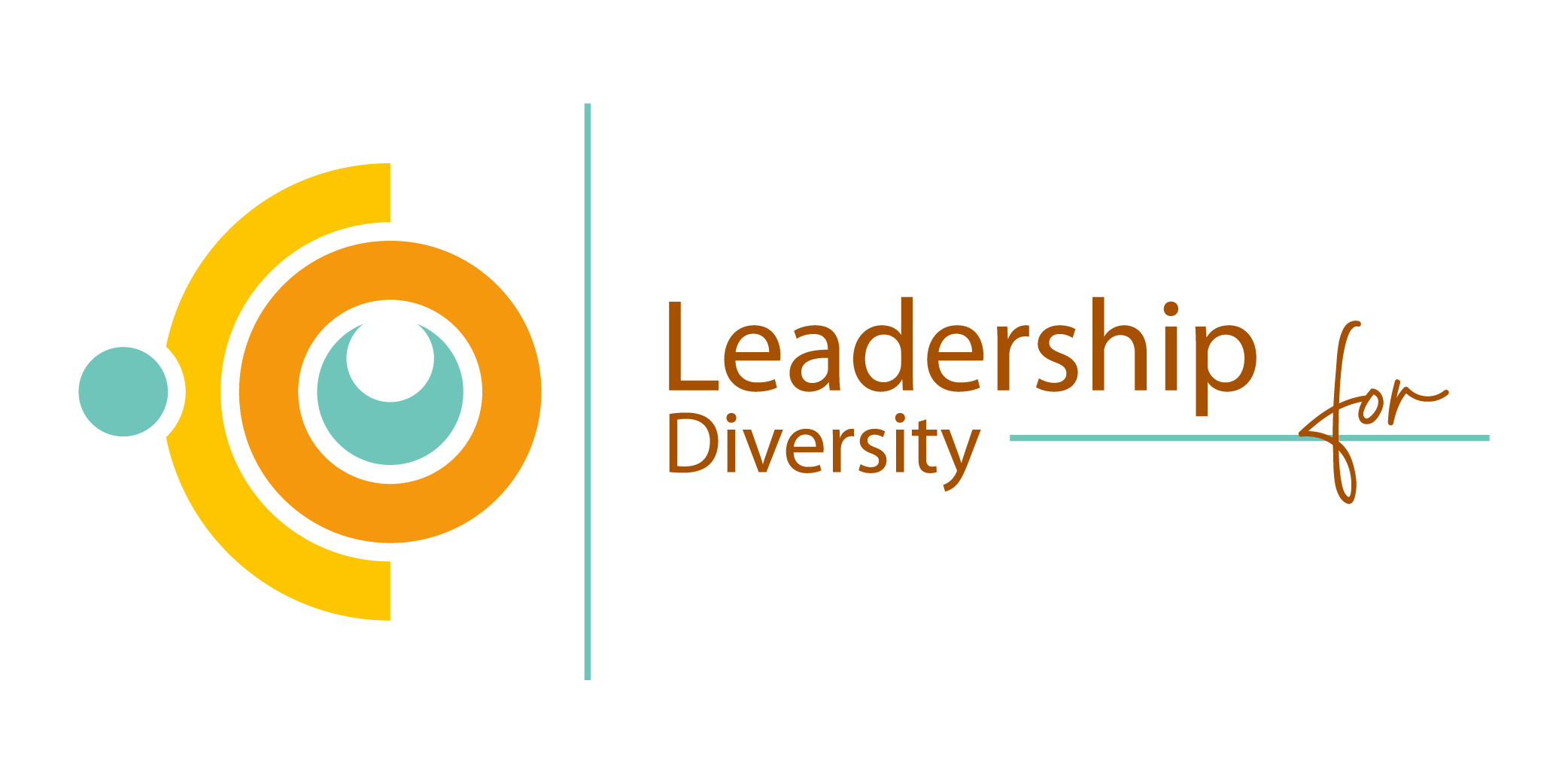Materials
Handout with the scenario
Preparation
Distribute handouts. Form groups of 3-4 participants.
Handout:
Read the following scenario and discuss the questions below with the group.
During a series of staff meetings at a school, Pierre, a senior teacher, notices a troubling pattern. Male teachers like Jean and David often dominate the conversation, while female teachers such as Marie and Anna, as well as staff from minority backgrounds like Fatima and Ahmed, are less vocal and their ideas often go unheard. When Fatima, who wears a hijab, speaks up, her contributions are frequently interrupted or dismissed. Ahmed, who is of North African descent, shares that he feels sidelined in discussions about curriculum changes, despite his extensive experience. Marie and Anna feel that their suggestions are only taken seriously if echoed by male colleagues. This ongoing pattern has led to a lack of diverse input in decision-making and a growing sense of frustration among marginalized staff members.
- What specific instances of unconscious bias can you identify in this scenario?
- How can Pierre and the school administration address these biases to create a more inclusive meeting environment?
- What strategies can be implemented to ensure all voices are heard and valued during meetings? Define at least 3 strategies. Consider both immediate actions and long-term changes.
Select a spokesperson to present your findings in max. 7 min.
Debriefing
Spokespersons present their findings to the large group, and the facilitator moderates a discussion. Each group adds only new ideas, building on the previous contributions without repeating the same ideas.
Possible responses
1. What specific instances of unconscious bias can you identify in this scenario?
- Male dominance in conversations: Male teachers like Jean and David dominate the conversations, overshadowing female and minority staff.
- Interruptions and dismissal of contributions: Fatima’s contributions are frequently interrupted or dismissed, possibly due to biases related to her gender, religion (wearing a hijab), and ethnic background.
- Sidelining minority staff: Ahmed, despite his extensive experience, feels sidelined in curriculum discussions, suggesting bias against his North African descent.
- Echoing to be heard: Marie and Anna’s suggestions are only taken seriously when echoed by male colleagues, indicating gender bias.
- Selective attention: Participants may focus more on contributions from male teachers, ignoring valuable input from female and minority staff.
- Memory bias: Participants might remember and highlight male contributions more clearly than those of female or minority colleagues.
- Interpretation bias: Ambiguous information may be interpreted in a way that supports existing beliefs, such as seeing assertiveness in female teachers as aggressiveness and in male teachers as confidence.
2. How can Pierre and the school administration address these biases to create a more inclusive meeting environment?
- Awareness training: Conduct unconscious bias training for all staff to raise awareness about these issues and their impacts.
- Facilitated meetings: Introduce facilitated meetings where a neutral party ensures that all voices are heard and no one dominates the conversation.
- Structured speaking opportunities: Implement a structured system where each person is given equal time to speak and contribute, ensuring that everyone’s input is valued.
- Active listening policies: Encourage active listening policies where staff are taught and reminded to listen respectfully without interrupting.
3. What strategies can be implemented to ensure all voices are heard and valued during meetings? Define at least 3 strategies. Consider both immediate actions and long-term changes.
Some ideas for immediate actions:
- Speaking rounds: Implement a “round-robin” format where each participant has a designated time to speak without interruptions, ensuring equal participation.
- Anonymous suggestions: Use anonymous suggestion boxes or digital tools for staff to submit ideas and feedback before or during meetings, allowing contributions without fear of immediate dismissal.
- Interruption policy: Establish a strict no-interruption rule during meetings, making it clear that interrupting others is unacceptable and will be addressed immediately.
Long-Term Changes:
- Diversity and inclusion training: Regularly conduct training sessions focused on diversity, equity, and inclusion to foster a more understanding and respectful work environment.
- Mentorship programmes: Develop mentorship programmes that support minority and female staff, empowering them to take leadership roles and feel more confident in voicing their opinions.
Implementation of inclusive leadership model: Encourage and support the development of inclusive leadership practices among senior staff, ensuring that decision-making processes consider diverse perspectives and are more democratic.
